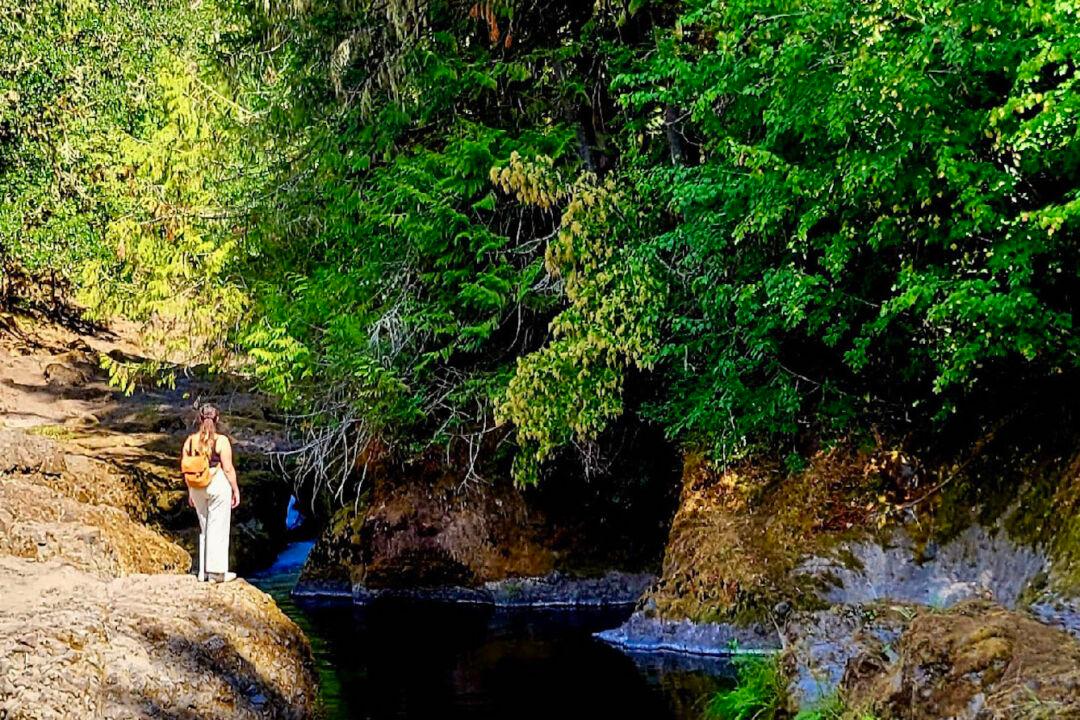A self-professed “blue-collar town,” Kalispell, Montana, doesn’t have the ski-town Old West vibe of nearby Whitefish.
Its main street, with its sturdy brick buildings, reflects an agricultural and ranching center that came of age during the early 20th century. It’s a town where Wilderness Outdoors offers 10,000 gallons of 10-gallon hats and a mile-long shelf of boots, along with any tack you might need.





